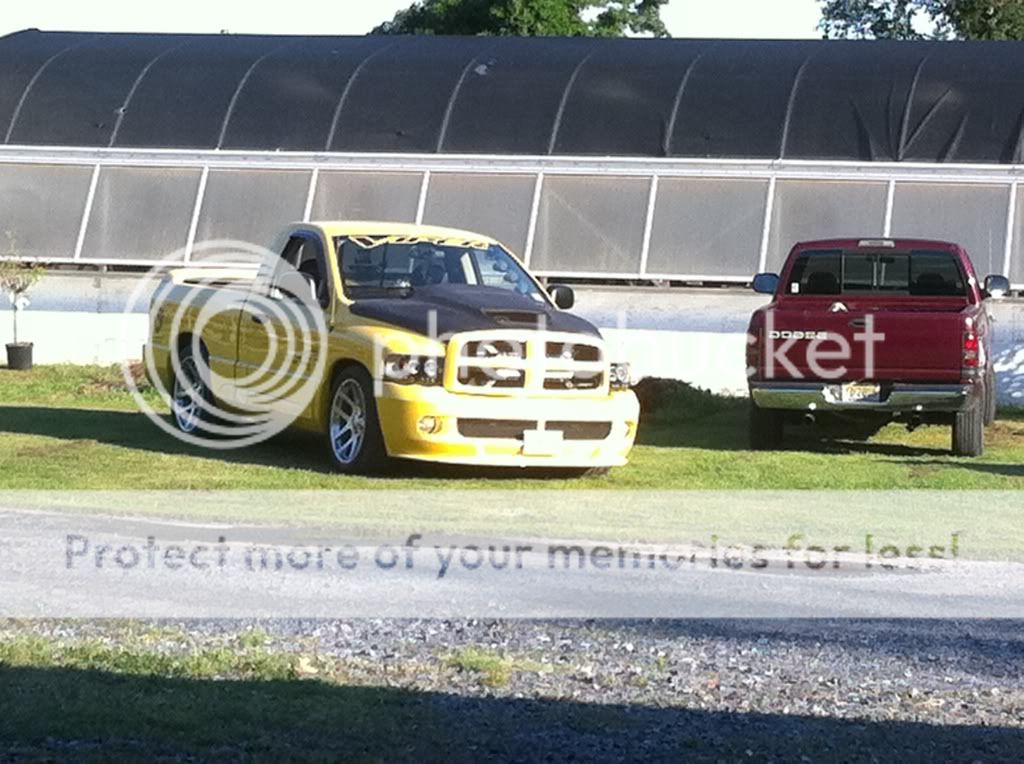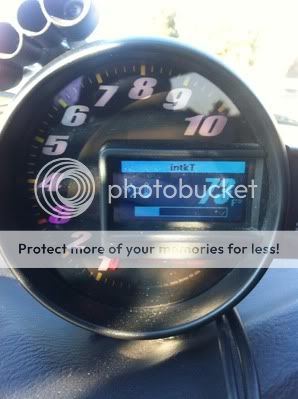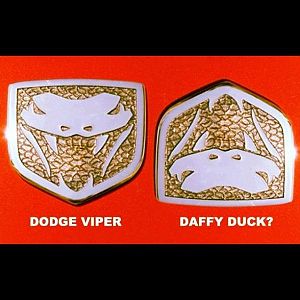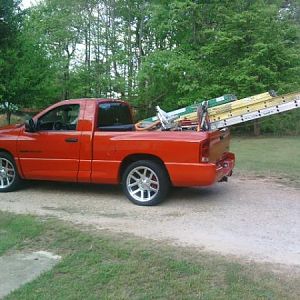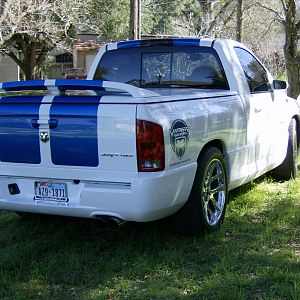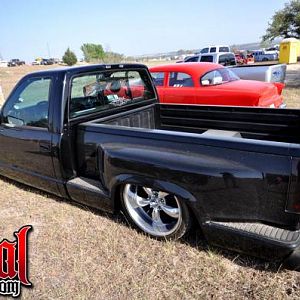seethrough
Member
What's the most boost anyone has pushed thru a roe ??? Or anyone know what the max boost ?!?
I will add my 2 cents to the original post. Since boost from the Roe or any supercharger is based on air flow (or better yet the restriction of airflow) there are a lot of variables that will change the boost pressure. Take a supercharged engine and just port the heads and you will lose boost pressure. Add a free flowing exhaust and you will lose more boost. All of this is due to less restriction in getting the air forced into and out of the engine. The real limitation of the Roe is how fast you can spin it. The speed of the rotors, inlet and oulet size and supercharger size will dictate how much air is forced into the engine and depending on the restrictions this will result in the boost. There is also the issue that at some point the supercharger will heat the air to a point that it will not be efficient. Inter coolers are used to offset this temperature but at this point the only inter cooler options for the Roe are custom units or air/air units that are really not in the intake path when the engine is exposed to boost. If you want to see a Roe perform to its max you will have to calculate the pulley size and oversized crank pulley size that will spin it at it's max rpm and then find a way to keep the supercharged air cool.



